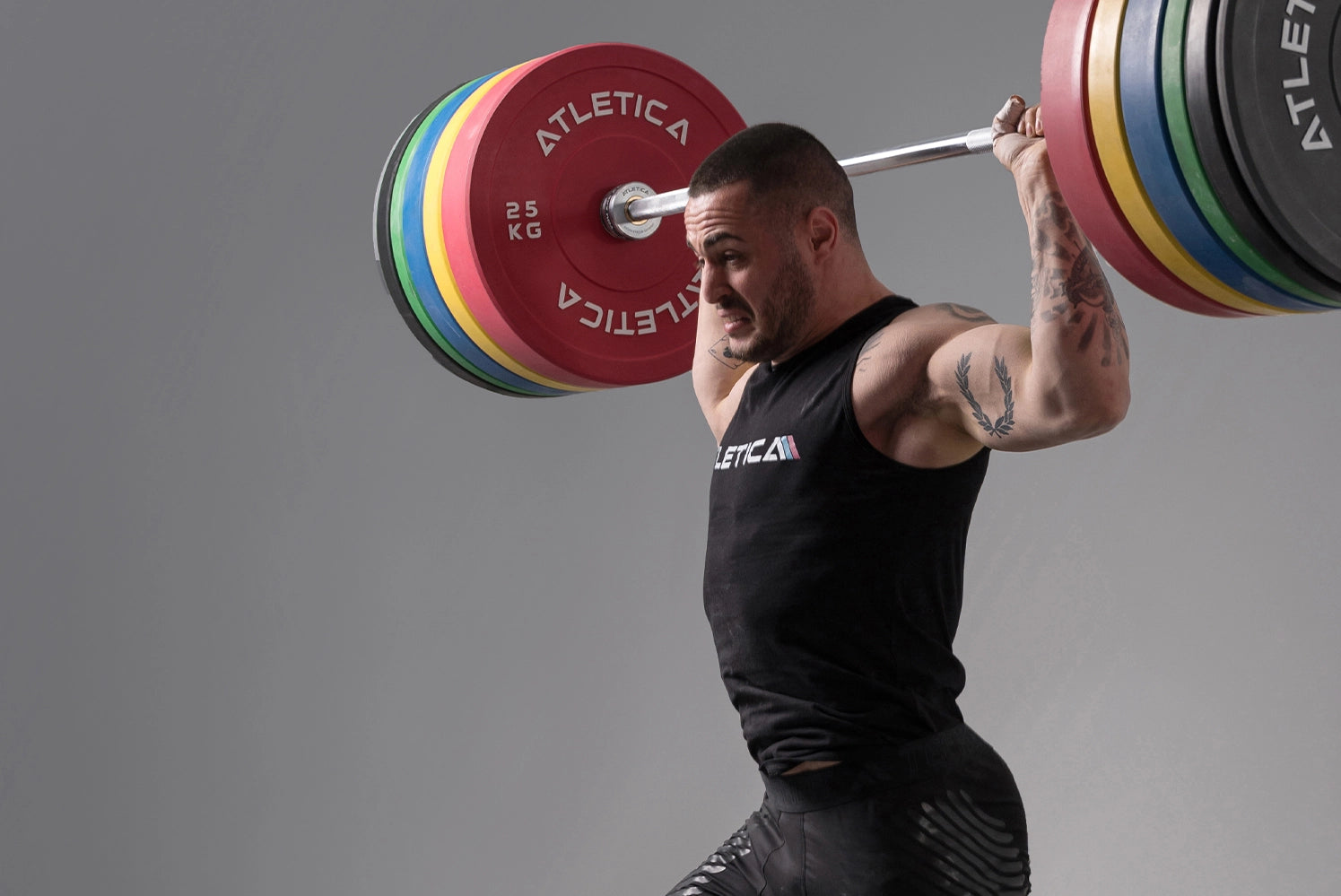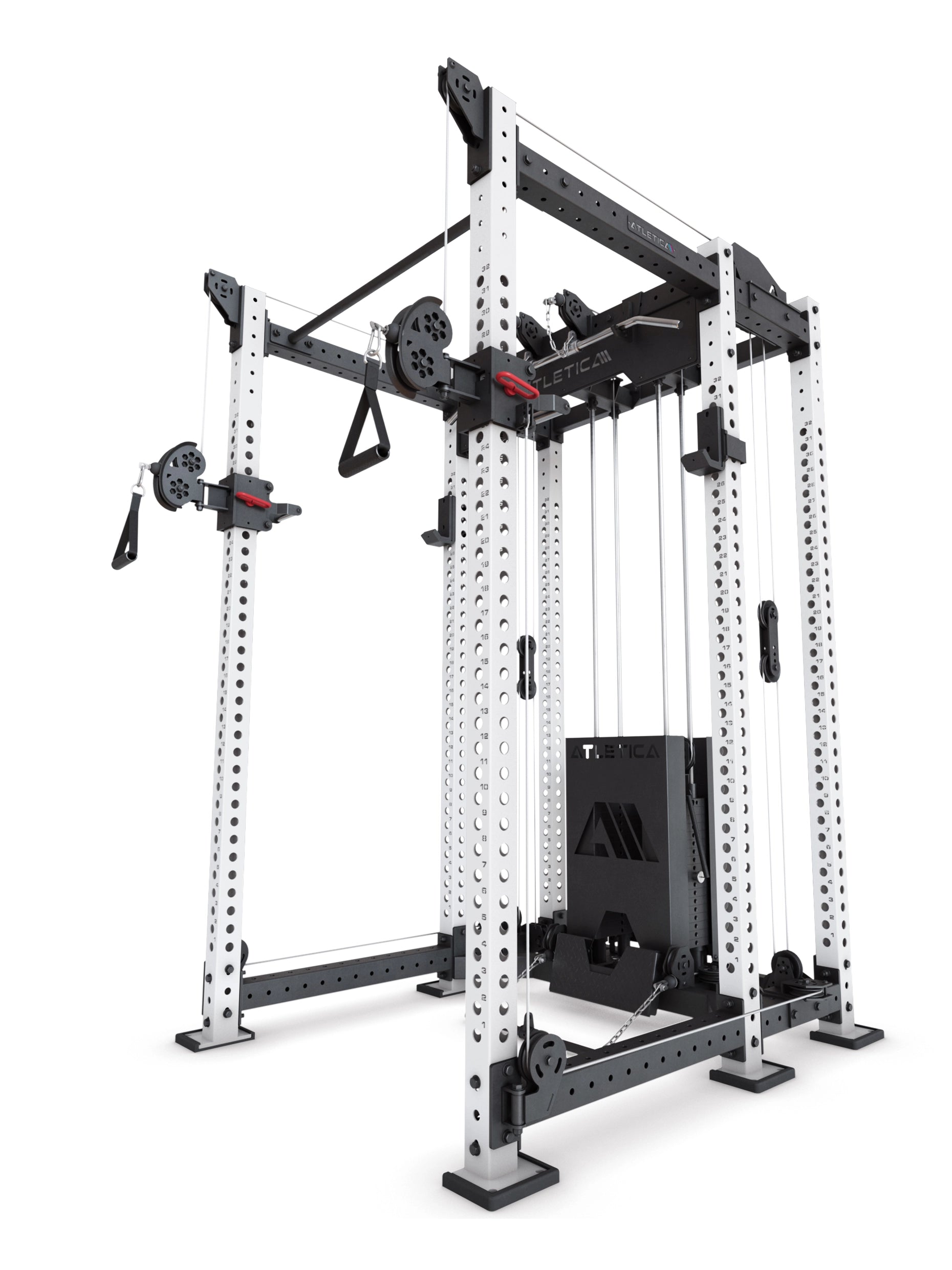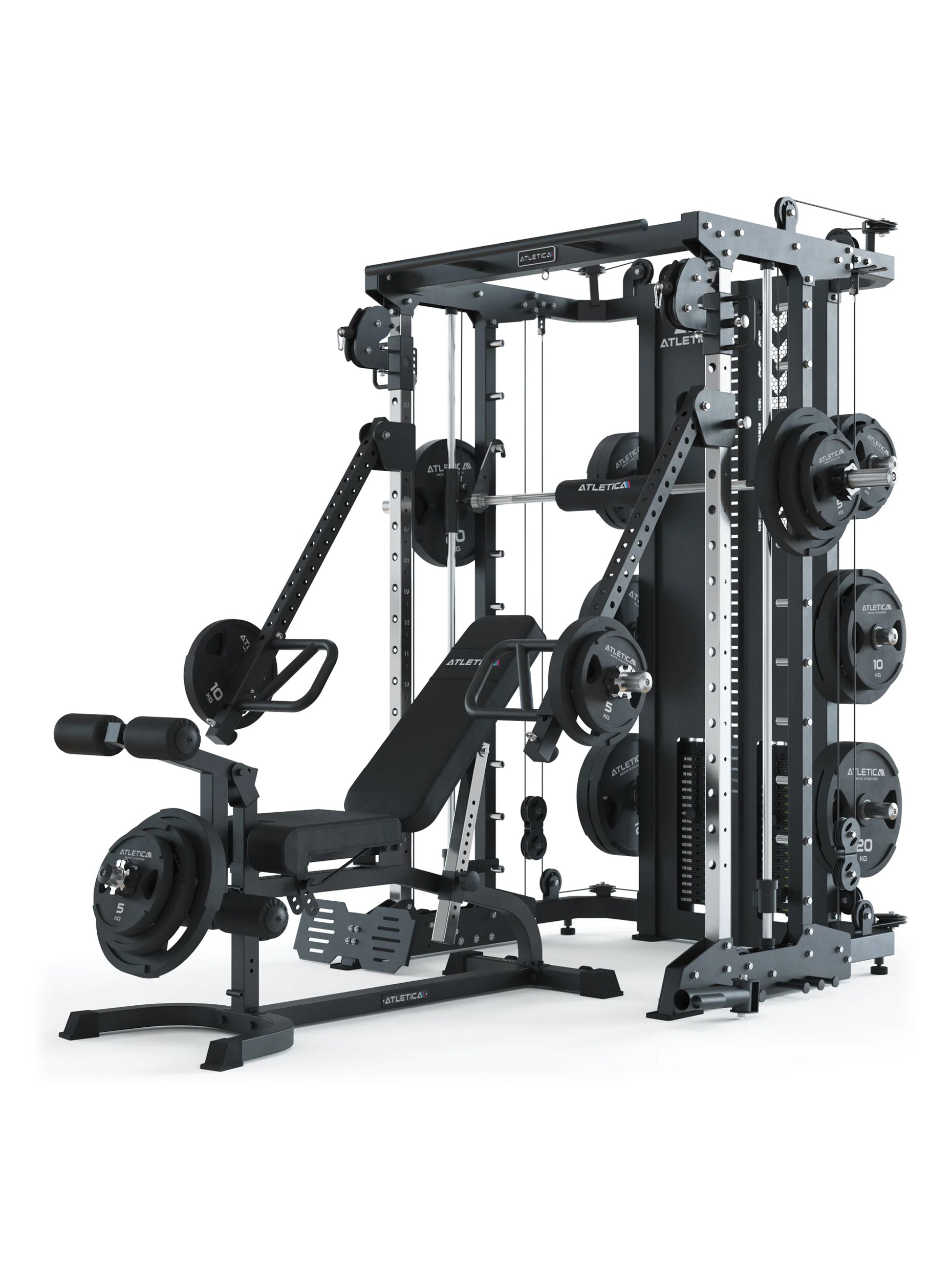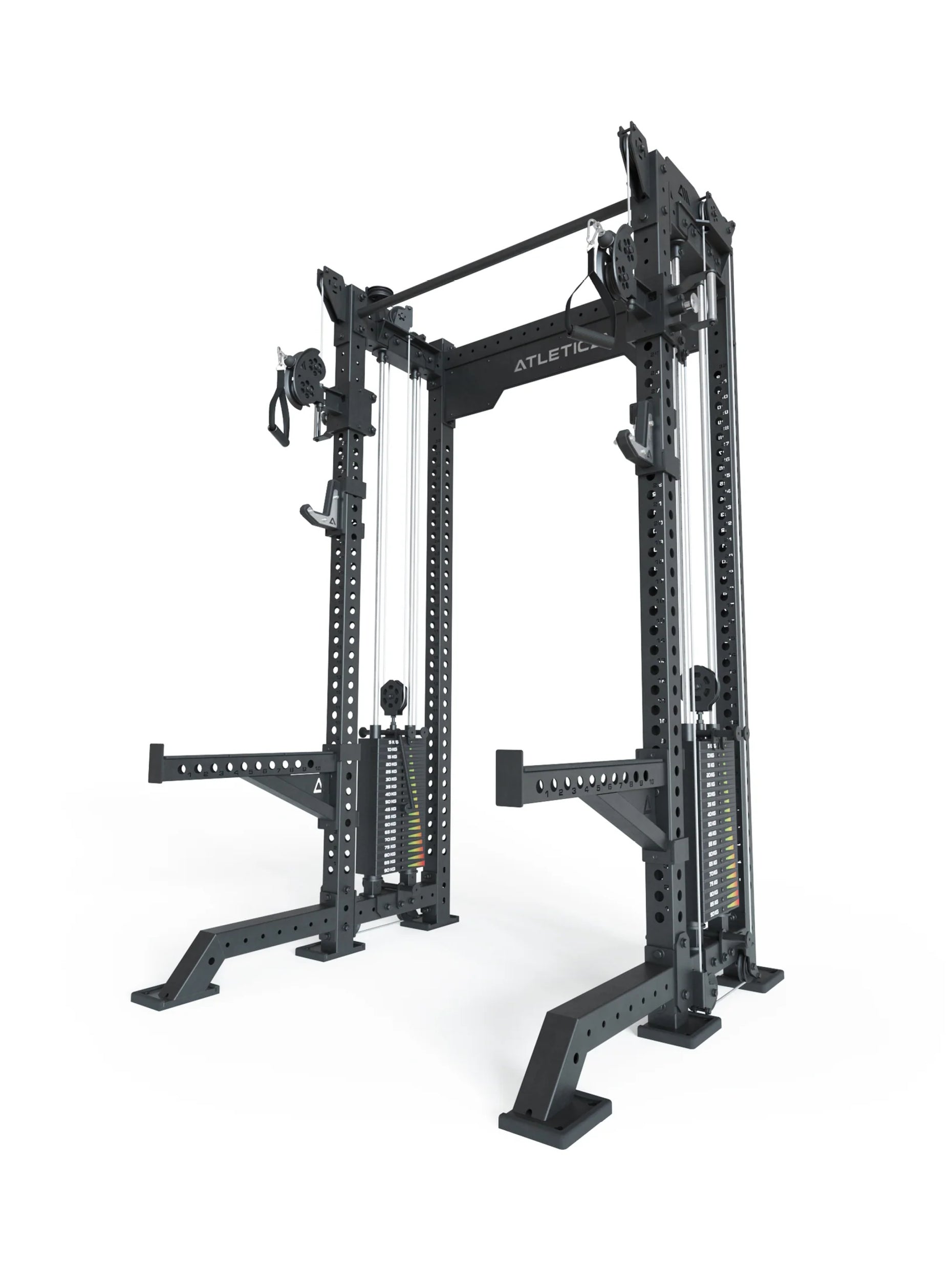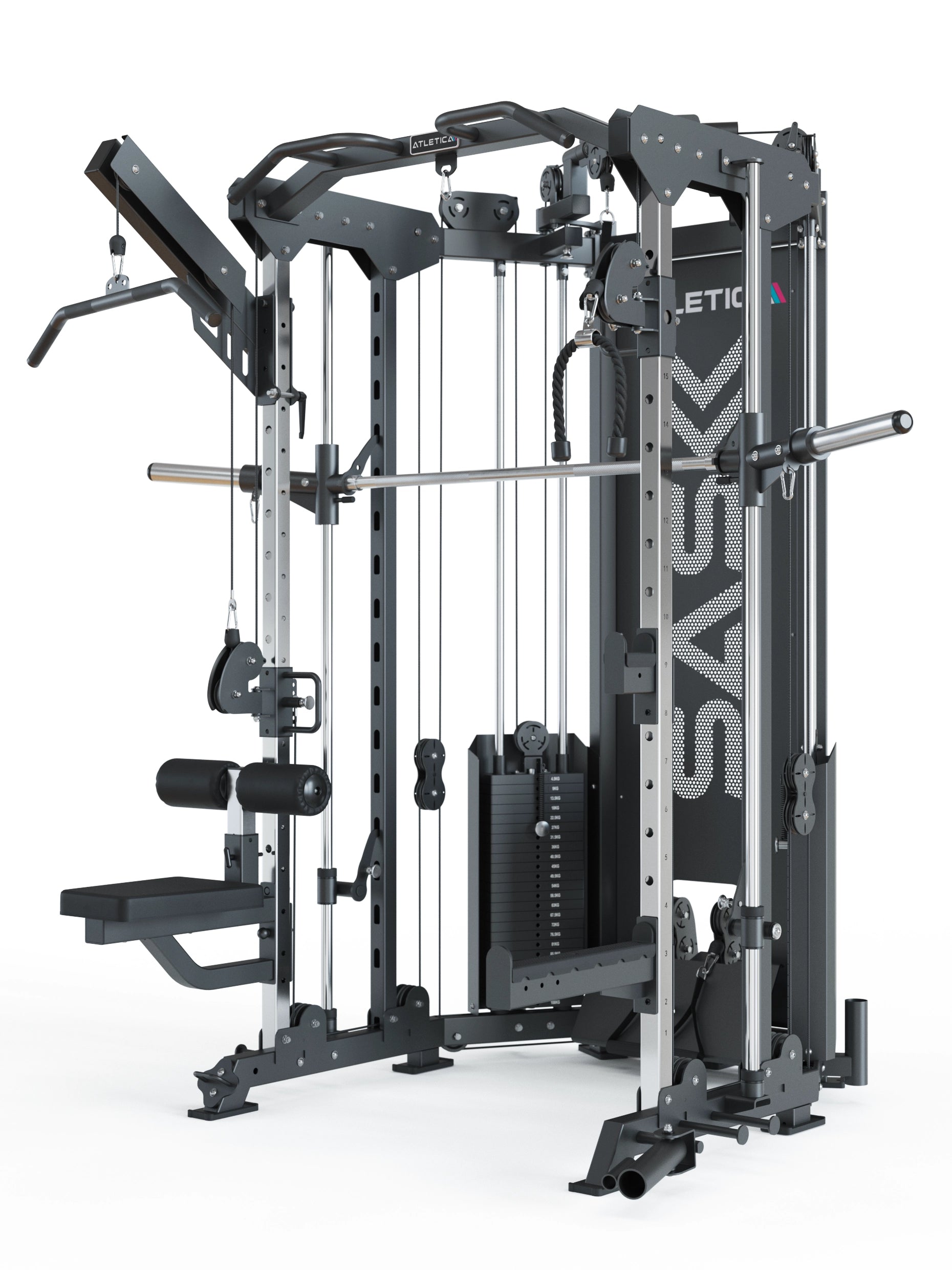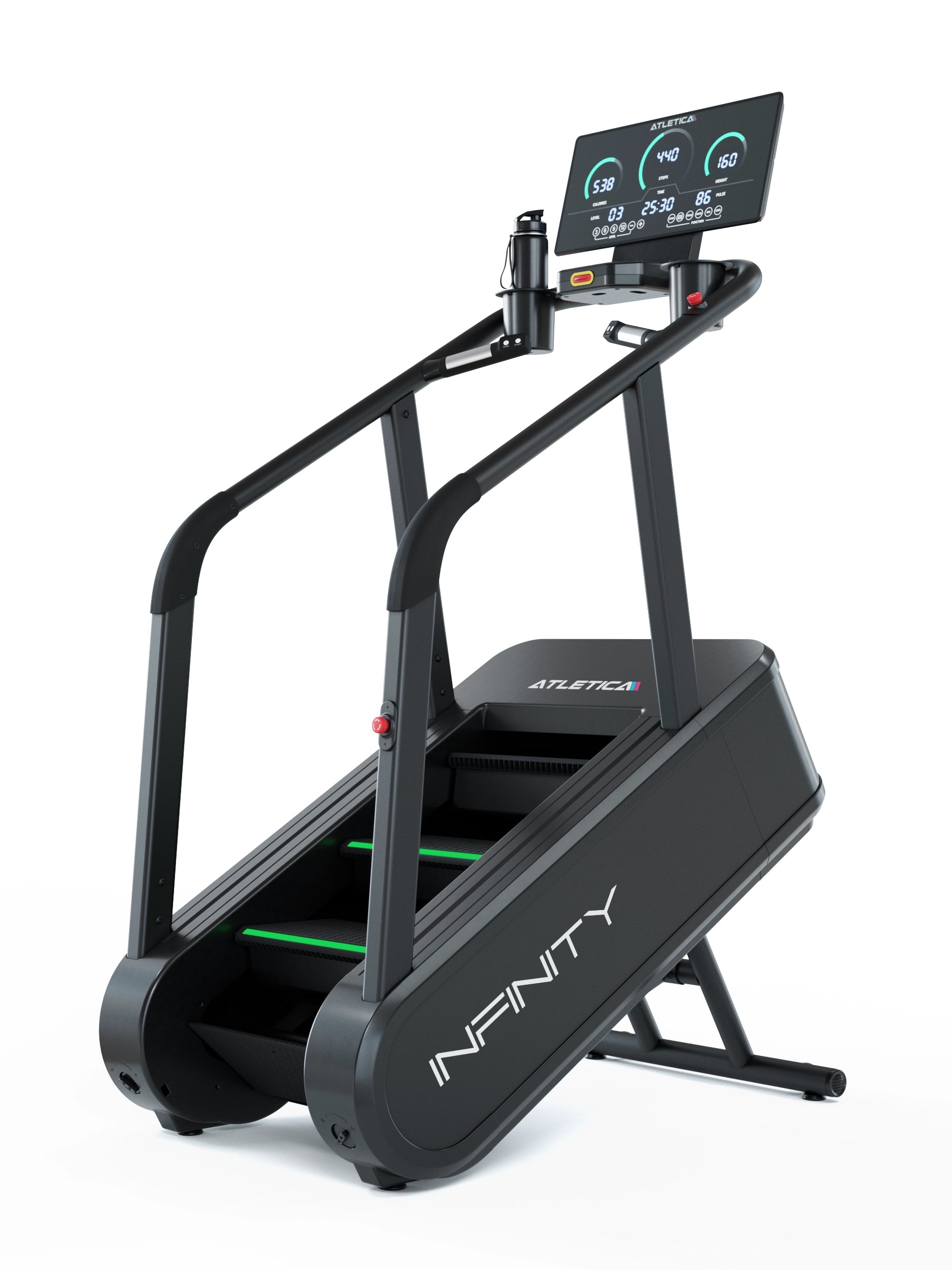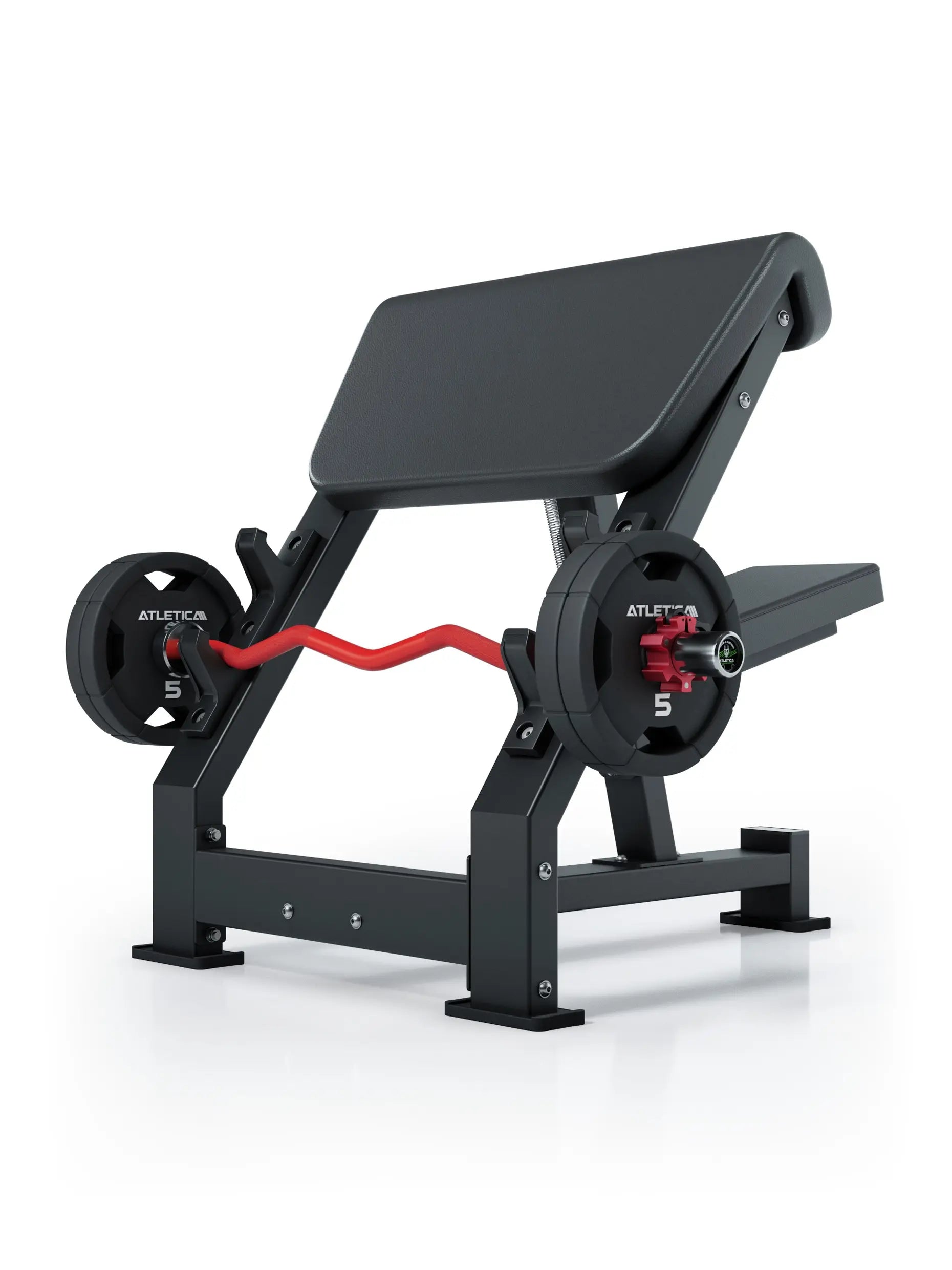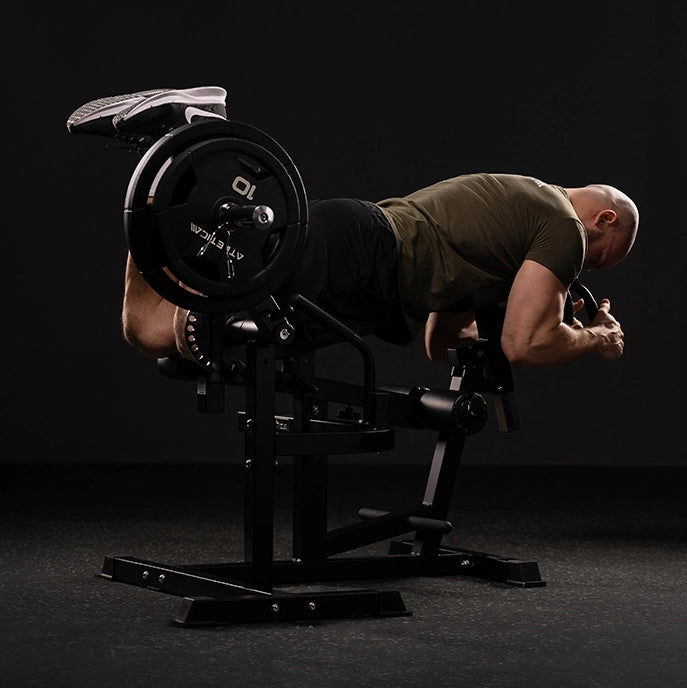Are you pregnant and want to keep exercising? Moderate strength training tailored to your pregnancy is a great way to get fit during pregnancy and prepare yourself optimally for the time after birth. Targeted pelvic floor exercises are particularly important during this phase, because the pelvic floor not only helps to stabilize your core, but also plays a crucial role during birth and in regeneration afterwards.
With a 30-minute workout that specifically targets the pelvic floor , you strengthen your core, support a healthy posture and prevent possible problems such as incontinence or back pain. Regardless of whether you were already physically active before pregnancy or are just starting to exercise, this gentle workout will help you feel comfortable and strengthened throughout your pregnancy.

What is the pelvic floor and how are the pelvic floor muscles structured?
The pelvic floor is an important muscle group that is often underestimated but plays a central role in the stability and functionality of the body - especially during pregnancy. It is located at the bottom of the pelvis and consists of several layers of muscles that support the organs in the abdomen like a kind of "hammock". These organs include the bladder, the uterus and the intestines.
Development of the pelvic floor muscles:
- Outer layer (sphincter layer): This muscle group is responsible for controlling the urethra and rectum and plays a crucial role in continence.
- Middle layer (urogenital diaphragm): This muscle layer supports the bladder and the front part of the pelvic organs. It contributes significantly to the stability of the pelvis.
- Inner layer (pelvic diaphragm): This deeper layer is the strongest and provides the main support for the uterus, intestines and other organs. It provides stability to the core of the body and helps maintain a healthy posture.

It is particularly important to train the pelvic floor during pregnancy, as it is subjected to greater strain due to the growing weight of the baby. Regular pelvic floor exercises can strengthen the muscles and prepare them optimally for the birth and the recovery phase afterwards.
Pregnancy workout - what tools are available?
If you want to stay fit during your pregnancy, there are some helpful tools that support your pregnancy workout. These tools are ideal for strengthening your core, especially when doing pelvic floor exercises.
- Exercise ball: Perfect for gentle movements that loosen the hips and activate the pelvic floor.
- Resistance bands : Gently increase resistance and make pelvic floor exercises more effective.
- Yoga blocks: Provide stability and help maintain correct posture during exercises.
- Kegel training devices: Specially developed for pelvic floor exercises to specifically strengthen the muscles.
- Light dumbbells : If you want to continue doing gentle strength training during pregnancy, light dumbbells (1-3 kg) can be a good addition.
These tools offer you a safe and effective way to adapt your pregnancy workout and specifically support your pelvic floor exercises.
30 min. effective exercises for pelvic floor training during pregnancy
Targeted pelvic floor training is particularly important during pregnancy to strengthen your muscles and prepare you optimally for birth. Here you will find a 30-minute workout that includes gentle but effective pelvic floor exercises. These exercises help to relieve tension, stabilize the muscles and at the same time gently train your body. Some of the tools we discussed previously are used here to support the training.
1. Kegel exercises (5 minutes)
The classic Kegel exercises are the basis for any pelvic floor training. They can be performed anytime and anywhere and are particularly effective for targeting the pelvic floor.
Here's how:
- Tighten your pelvic floor as if you were stopping the flow of urine.
- Hold the tension for 5 seconds, then relax for 5 seconds.
- Repeat this for 5 minutes.
You can also assist this exercise with a Kegel exerciser to ensure you use the correct technique.
2. Hip bridge with exercise ball (10 minutes)
The hip bridge combines light strength training with pelvic floor exercises to strengthen the core and lower back.
Here's how:
- Lie on your back and place your feet on an exercise ball .
- Lift your pelvis until your body forms a straight line.
- Consciously tighten your pelvic floor.
- Hold the position for 5 seconds and then slowly lower your pelvis.
- Do 3 sets of 10 repetitions.

3. Butterfly stretch with yoga blocks (5 minutes)
This stretch relaxes the hips while promoting flexibility of the pelvic floor.
Here's how:
- Sit on the floor, bring the soles of your feet together and let your knees fall to the side.
- Use yoga blocks under your knees to gently support your hips.
- Tighten your pelvic floor as you slowly lean forward
- Hold the position for 30 seconds, repeat 5 times.
4. Squats with resistance bands (10 minutes)
Squats are not only a great exercise for the legs and buttocks, they also activate the pelvic floor.
Here's how:
- Place your feet shoulder-width apart and place a resistance band around your thighs.
- Slowly bend your squats, keeping your pelvic floor tight.
- Hold the position briefly, then slowly push yourself back up.
- Do 3 sets of 12 repetitions.
This 30-minute pelvic floor exercise can be easily integrated into your daily routine and will help you to gently strengthen your body during pregnancy. Regular pelvic floor exercises not only prepare you optimally for the birth, but also support the recovery phase afterwards.

Strengthening the pelvic floor - tips for everyday life
In order to strengthen your pelvic floor, you can incorporate many small measures into your everyday life in addition to targeted training. It is particularly important to make sure that you actively tense your pelvic floor when lifting heavy objects. This conscious tension not only helps to protect your muscles, but also prevents injuries. Whether you are carrying shopping or lifting your child - a stable core provides relief and prevents unnecessary strain on your back.
An upright posture when sitting and standing can also help to unconsciously train the pelvic floor. If you make sure to keep your back straight and don't let your shoulders fall forward, your core will remain activated. This relieves the strain on the pelvic floor muscles and supports them without having to invest any additional time.
Another way to strengthen your pelvic floor is to integrate simple pelvic floor exercises into your everyday life. When you brush your teeth, wait at a traffic light or even in the office, you can briefly tense your pelvic floor and then release it again. These small exercises can be incorporated into your everyday life without you noticing and will ensure better stability in the long term.
Deep breaths, in which you consciously use your stomach and pelvic floor, are also very effective. When you breathe in, you lift your stomach slightly, while when you breathe out, you gently tense your abdominal muscles and pelvic floor. This breathing technique not only strengthens the pelvic floor, but also helps to relieve tension in the middle of the body.
With these everyday measures, you can strengthen your pelvic floor and build a stable and healthy core in the long term – without any additional effort.



